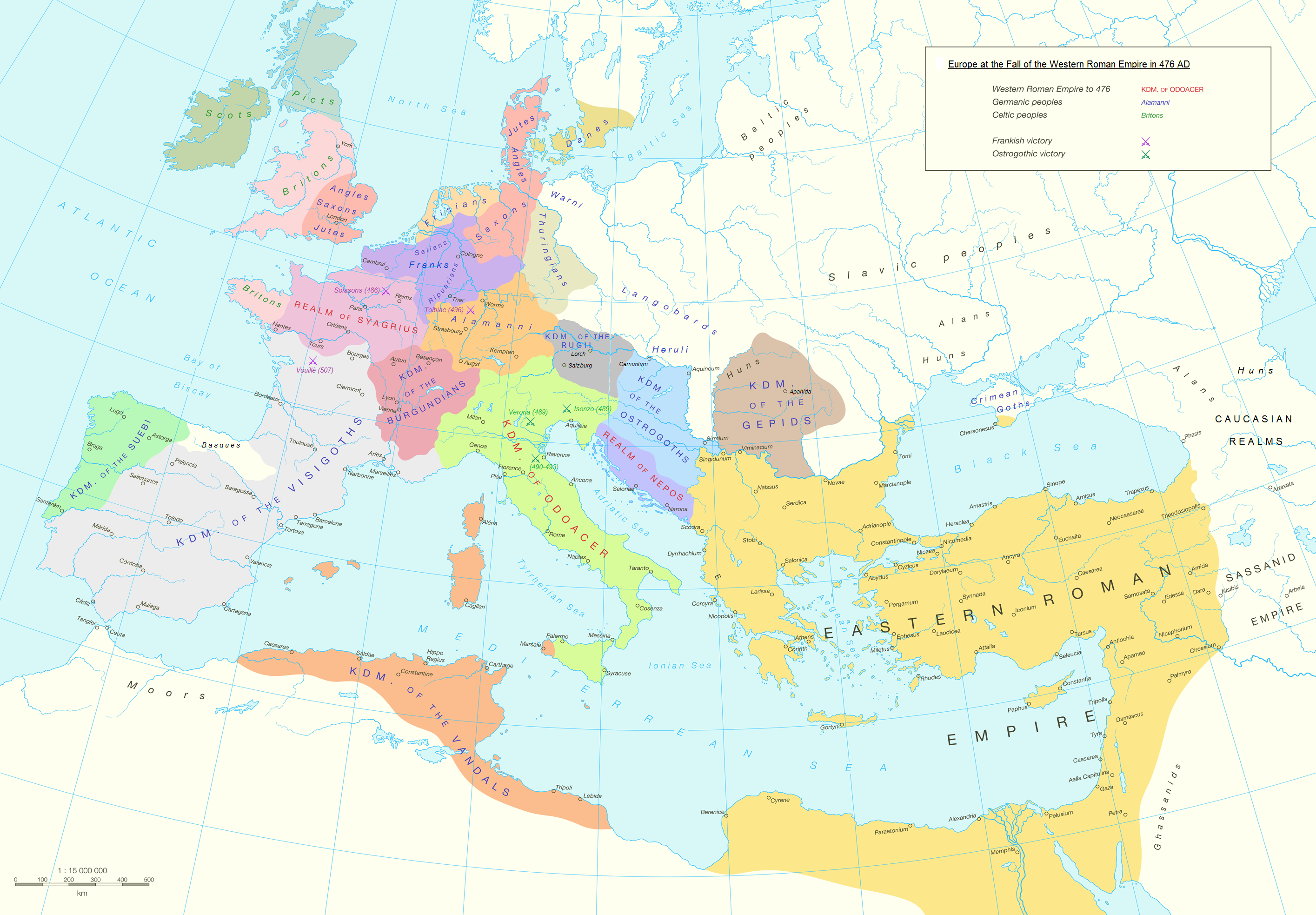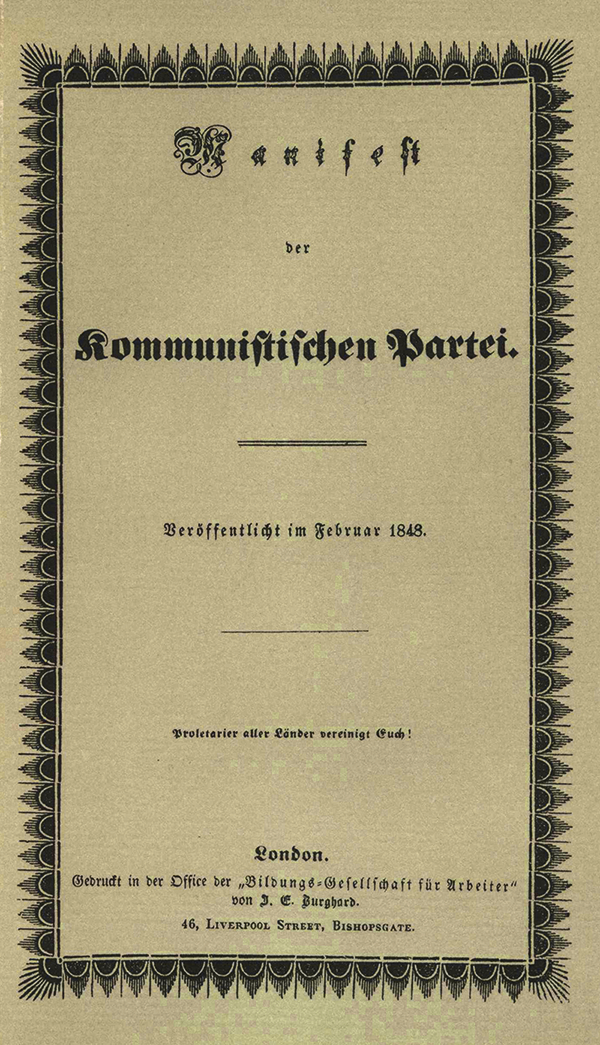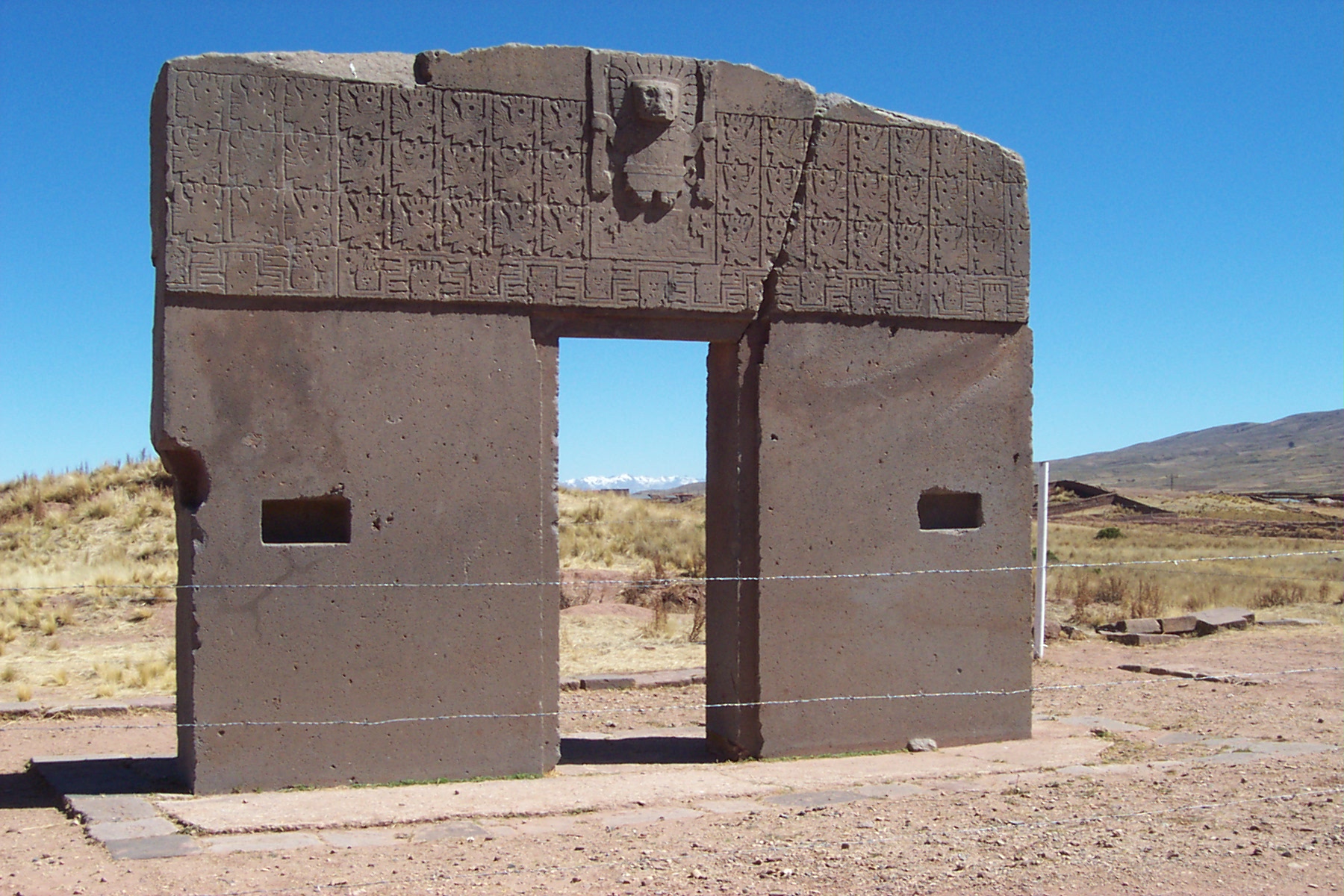|
Edmund Kiss
Edmund Kiss (1886 – 1960) was a German pseudoarchaeologist and author best known for his books about the ancient settlement of Tiwanaku in the Andes mountains of Bolivia. Early life and writings Edmund Kiss was born in Germany in 1886 and later studied architecture. He claimed to have also studied archaeology, but there is no evidence that this is true. He was a soldier during the First World War. After the Treaty of Versailles, he started writing a series of novels of adventure fiction in the prestigious German collection ''Der Gute Kamerad'' and with other publishing houses. He also wrote non-fiction works that adhered to the tenets of pseudo-scientist Hanns Hörbiger. In the 1920s and early 1930s, he worked as a municipal officer responsible for the construction of public buildings. In the 1920s, Edmund Kiss started writing his first books on alternative archeology and ancient mysticism. In his book entitled ''The Last Queen of Atlantis'' (Die letzte Königin von Atlantis) h ... [...More Info...] [...Related Items...] OR: [Wikipedia] [Google] [Baidu] |
Germans
, native_name_lang = de , region1 = , pop1 = 72,650,269 , region2 = , pop2 = 534,000 , region3 = , pop3 = 157,000 3,322,405 , region4 = , pop4 = 21,000 3,000,000 , region5 = , pop5 = 125,000 982,226 , region6 = , pop6 = 900,000 , region7 = , pop7 = 142,000 840,000 , region8 = , pop8 = 9,000 500,000 , region9 = , pop9 = 357,000 , region10 = , pop10 = 310,000 , region11 = , pop11 = 36,000 250,000 , region12 = , pop12 = 25,000 200,000 , region13 = , pop13 = 233,000 , region14 = , pop14 = 211,000 , region15 = , pop15 = 203,000 , region16 = , pop16 = 201,000 , region17 = , pop17 = 101,000 148,00 ... [...More Info...] [...Related Items...] OR: [Wikipedia] [Google] [Baidu] |
Heather Pringle (writer)
Heather Pringle is a Canadian freelance science writer who mostly writes about archaeology. Before becoming a writer, Pringle worked as a furniture polisher, summons server, museum researcher, book editor, and "failed waitress". Her 2006 book ''The Master Plan'' detailed Heinrich Himmler's establishment of the Ahnenerbe in a pseudo-scientific attempt to "prove" Aryan superiority. It won the Hubert Evans Non-Fiction Prize. Her previous work includes ''The Mummy Congress'', as well as articles for ''National Geographic'' and ''Archaeology'' magazine. Pringle is emeritus editor at '' Hakai magazine'' and has been awarded a Canadian National Magazine Award and an AAAS Kavli Science Journalism Award from the American Association for the Advancement of Science The American Association for the Advancement of Science (AAAS) is an American international non-profit organization with the stated goals of promoting cooperation among scientists, defending scientific freedom, encouragi ... [...More Info...] [...Related Items...] OR: [Wikipedia] [Google] [Baidu] |
Right-wing
Right-wing politics describes the range of political ideologies that view certain social orders and hierarchies as inevitable, natural, normal, or desirable, typically supporting this position on the basis of natural law, economics, authority, property or tradition.T. Alexander Smith, Raymond Tatalovich. ''Cultures at war: moral conflicts in western democracies''. Toronto, Canada: Broadview Press, Ltd, 2003. p. 30. "That viewpoint is held by contemporary sociologists, for whom 'right-wing movements' are conceptualized as 'social movements whose stated goals are to maintain structures of order, status, honor, or traditional social differences or values' as compared to left-wing movements which seek 'greater equality or political participation.' In other words, the sociological perspective sees preservationist politics as a right-wing attempt to defend privilege within the ''social hierarchy''."''Left and right: the significance of a political distinction'', Norberto Bobbio a ... [...More Info...] [...Related Items...] OR: [Wikipedia] [Google] [Baidu] |
Völkisch Movement
The ''Völkisch'' movement (german: Völkische Bewegung; alternative en, Folkist Movement) was a German ethno-nationalist movement active from the late 19th century through to the Nazi era, with remnants in the Federal Republic of Germany afterwards. Erected on the idea of " blood and soil", inspired by the one-body-metaphor (''Volkskörper'', "ethnic body"; literally "body of the people"), and by the idea of naturally grown communities in unity, it was characterized by organicism, racialism, populism, agrarianism, romantic nationalism and – as a consequence of a growing exclusive and ethnic connotation – by antisemitism from the 1900s onward. ''Völkisch'' nationalists generally considered the Jews to be an "alien people" who belonged to a different ''Volk'' ("race" or "folk") from the Germans. The ''Völkisch'' movement was not a homogeneous set of beliefs, but rather a "variegated sub-culture" that rose in opposition to the socio-cultural changes of modernity. The ... [...More Info...] [...Related Items...] OR: [Wikipedia] [Google] [Baidu] |
Heinrich Himmler
Heinrich Luitpold Himmler (; 7 October 1900 – 23 May 1945) was of the (Protection Squadron; SS), and a leading member of the Nazi Party of Germany. Himmler was one of the most powerful men in Nazi Germany and a main architect of the Holocaust. As a member of a reserve battalion during World War I, Himmler did not see active service, and did not fight. He studied agriculture in university, and joined the Nazi Party in 1923 and the SS in 1925. In 1929, he was appointed by Adolf Hitler. Over the next 16 years, he developed the SS from a 290-man battalion into a million-strong paramilitary group, and set up and controlled the Nazi concentration camps. He was known for good organisational skills and for selecting highly competent subordinates, such as Reinhard Heydrich in 1931. From 1943 onwards, he was both Chief of German Police and Minister of the Interior, overseeing all internal and external police and security forces, including the Gestapo (Secret State Police). H ... [...More Info...] [...Related Items...] OR: [Wikipedia] [Google] [Baidu] |
Kalasasaya
The Kalasasaya (also: Kalassasaya; ''kala'' for ''stone''; ''saya'' or ''sayasta'' for ''standing up'') or Stopped Stones is a major archaeological structure that is part of Tiwanaku, an ancient archeological complex in the Andes of western Bolivia that is designated as a UNESCO World Heritage Site. The Kalasasaya is a low platform mound with a large courtyard, which is surrounded by high stone walls. The Kalasasaya is about 120 by 130 meters in dimension and aligned to the cardinal directions. Like the other platform mounds within Tiwanaku, it has a central sunken court. This sunken court can be reached by a monumental staircase through an opening in its eastern wall. The walls are composed of sandstone pillars that alternated with sections of smaller blocks of Ashlar Ashlar () is finely dressed (cut, worked) stone, either an individual stone that has been worked until squared, or a structure built from such stones. Ashlar is the finest stone masonry unit, generally rec ... [...More Info...] [...Related Items...] OR: [Wikipedia] [Google] [Baidu] |
Calendar
A calendar is a system of organizing days. This is done by giving names to periods of time, typically days, weeks, months and years. A date is the designation of a single and specific day within such a system. A calendar is also a physical record (often paper) of such a system. A calendar can also mean a list of planned events, such as a court calendar or a partly or fully chronological list of documents, such as a calendar of wills. Periods in a calendar (such as years and months) are usually, though not necessarily, synchronized with the cycle of the sun or the moon. The most common type of pre-modern calendar was the lunisolar calendar, a lunar calendar that occasionally adds one intercalary month to remain synchronized with the solar year over the long term. Etymology The term ''calendar'' is taken from , the term for the first day of the month in the Roman calendar, related to the verb 'to call out', referring to the "calling" of the new moon when it was fi ... [...More Info...] [...Related Items...] OR: [Wikipedia] [Google] [Baidu] |
Monolith
A monolith is a geological feature consisting of a single massive stone or rock, such as some mountains. For instance, Savandurga mountain is a monolith mountain in India. Erosion usually exposes the geological formations, which are often made of very hard and solid igneous or metamorphic rock. Some monoliths are volcanic plugs, solidified lava filling the vent of an extinct volcano. In architecture, the term has considerable overlap with megalith, which is normally used for prehistory, and may be used in the contexts of rock-cut architecture that remains attached to solid rock, as in monolithic church, or for exceptionally large stones such as obelisks, statues, monolithic columns or large architraves, that may have been moved a considerable distance after quarrying. It may also be used of large glacial erratics moved by natural forces. The word derives, via the Latin , from the Ancient Greek word (), from () meaning "one" or "single" and () meaning "stone". Geologica ... [...More Info...] [...Related Items...] OR: [Wikipedia] [Google] [Baidu] |
Staff God
In Andean Iconography front-facing figures are often referred to as Staff Gods and thought to represent deities in Andean cultures. There is no uniform representation of a "Staff God". Dozens of variations of "Staff Gods" exist. Usually a Staff God is pictured "front-facing" holding vertical objects (referred to as "staffs") one in each hand. Some scholars think that some variations of the Staff God are possible depictions of Viracocha or Thunupa. The oldest known depiction of the Staff God was found in 2003 on some broken gourd fragments in a burial site in the Pativilca River Valley ( Norte Chico region) and carbon dated to 2250 BCE. This makes it the oldest image of a god to be found in the Americas. There are scholars who maintain that the Wari-Tiwanaku Staff God is the forerunner of the Incan principal gods, Sun, Moon, and Thunder. As the chief deity, it was considered the creator god and served as the primary religious icon of the entire Peruvian Andes, particularly during ... [...More Info...] [...Related Items...] OR: [Wikipedia] [Google] [Baidu] |
Gateway Of The Sun
The Gate of the Sun, also known as the Gateway of the Sun, is a monolith carved in the form of an arch or gateway at the site of Tiahuanaco by the Tiwanaku culture, an Andean civilization of Bolivia that thrived around Lake Titicaca in the Andes of western South America around 500-950 CE. Tiwanaku is located near Lake Titicaca at about above sea level near La Paz, Bolivia. The Gate of the Sun is approximately tall and wide, and was carved from a single piece of stone. Its weight is estimated to be 10 tons. When rediscovered by European explorers in the mid-19th century, the megalith was lying horizontally and had a large crack through it. It presently stands in the location where it was found, although it is believed that this is not its original site, which remains uncertain. Some elements of Tiwanaku iconography spread throughout Peru and parts of Bolivia. Although there have been various modern interpretations of the mysterious inscriptions found on the object, the carvi ... [...More Info...] [...Related Items...] OR: [Wikipedia] [Google] [Baidu] |
Aryan
Aryan or Arya (, Indo-Iranian *''arya'') is a term originally used as an ethnocultural self-designation by Indo-Iranians in ancient times, in contrast to the nearby outsiders known as 'non-Aryan' (*''an-arya''). In Ancient India, the term ''ā́rya'' was used by the Indo-Aryan speakers of the Vedic period as an endonym (self-designation) and in reference to the geographic region known as '' Āryāvarta'' ('abode of the Aryas'), where the Indo-Aryan culture emerged. In the '' Avesta'' scriptures, ancient Iranian peoples similarly used the term ''airya'' to designate themselves as an ethnic group, and in reference to their mythical homeland, '' Airyanem Waēǰō'' ('stretch of the Aryas'). The root also forms the etymological source of place names such as ''Iran'' (*''Aryānām'') and ''Alania'' (*''Aryāna-''). Although the root ''*arya-'' may be of Proto-Indo-European (PIE) origin, its use as an ethnocultural self-designation is only attested among Indo-Iranian peo ... [...More Info...] [...Related Items...] OR: [Wikipedia] [Google] [Baidu] |




_MET_DP-13486-011.jpg)



